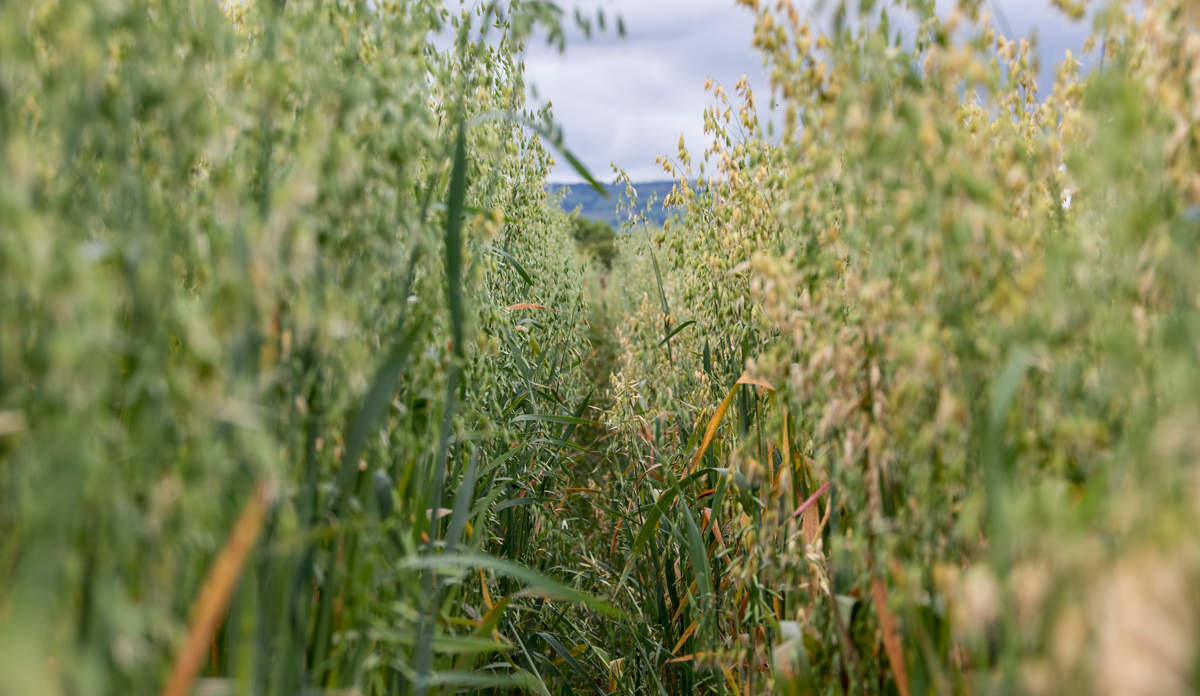The Central Statistics Office (CSO) released its Statistical Yearbook of Ireland for 2020 this week. The crop production figures show a clear move away from spring barley with the introduction of the crop diversification requirement, while the data suggests that yields shown an increase over the 10 years’ data reported.
Interestingly, the CSO also reported the area of crops in Ireland since 1859 and this is reported at the bottom of this article.
This table (below) shows a decline in the production of wheat, barley and oats. Almost 2.4 million tonnes of wheat, barley and oats were produced in 2019, compared with over 2.6 million tonnes in 2015.
However, there was also a decline in the area dedicated to the production of these crops in the same period, so a yield increase has actually occurred in many cases, but the decline in area has hidden this increase in some ways.
The move to higher-yielding winter crops has also impacted on this production figure.
It can be seen in the graph below that spring barley production peaked in 2013 and dropped significantly after this. The implementation of Crop Diversification Requirements or the three-crop rule as it is commonly known in 2015 had an effect on spring barley area.
After 2015, grain production from spring barley stayed under 1 million tonnes.
How have crop areas changed since 1849?
The chart below shows how the area under crops has decreased dramatically, particularly in recent times. Barley (winter and spring) remains the most popular crop while wheat has kept a relatively steady line since the 1970s.
Amazingly, the graph shows that in 1852, 672,000ha of oats were grown in Ireland and were by far the most popular crop. In 2019, approximately 24,000ha of oats were grown.
At that time oats were a hugely popular crop as they were used for consumption by people themselves, for animals and of course there were a lot more horses to be fed which were working the land.



